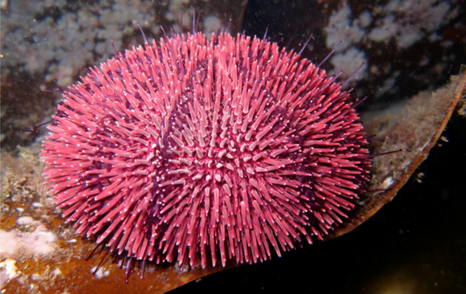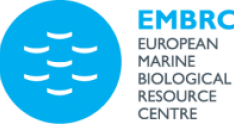New standardisation of cryopreservation protocols for marine organisms
New standardisation of cryopreservation protocols for marine organisms
Researchers from the ASSEMBLE Plus project have launched a repository of methodologies for the cryogenic preservation of marine organisms. The Cryomar Protocol Toolbox represents a collaborative effort from researchers across Europe from several marine biological stations*.
Cryopreservation, which involves the cooling of organic materials and tissues to very low temperatures for the purposes of preservation, has applications in breeding, conservation, and bio-banking, as well as general marine research. The easy access to biological material is beneficial for basic and applied research, cryopreserved biological material is accessible independently of the season, weather conditions or location. It is a helpful tool on biodiversity conservation and for the R&D industry by providing a safe way to store and access specific biological material in the future with guaranteed genetic stability.
“Cryobanking has been used for decades in land-based animal husbandry, yet cryopreservation protocols have been developed for fewer marine species than land animals” explained Estefania Parades Rosendo, Research Scientist at the Universidad de Vigo and lead author of the report. “Whilst interest in this area of research is steadily developing, there has generally been a general lack of standardisation across studies. Having access to biological material in a constant and reliable way is a very exciting prospect for marine science”.
This publication provides a standardised methodology for cryopreservation including obtaining gametes, and quality control prior and after cryopreservation. The species covered include:
- Marine invertebrates: Mediterranean mussel (Mytilus galloprovincialis), Portuguese oyster (Crassostrea angulata), Sea urchin (Echinocardium cordatum, Echinus esculentus, Paracentrotus lividus, Spaherechinus granularis), Sea cucumber (Holoturia foskali)
- Macroalgae: Red seaweed (Porphyra umbilicalis)
- Microalgae: Amphidinium carterae, Dunaliella salina, D. minuta, D. tertiolecta, D. velox, D. viridis, and D. bioculata among many others.
- Fish: Zebrafish (Danio rerio), Senegalese sole (Solea senergalensis) and Thicklip grey mullet (Chelon labrosus)
- Microbial consortia

Image: Sphaerechinus granularis at Ria de Vigo (Spain) by Alicia Sobrino
As part of its online conference due to take place in November, ASSEMBLE Plus will host a cryopreservation-focused brokerage event, where researchers from the project will present and discuss their findings. This offers a great opportunity for interested parties to find out more about the project, whether they come from a research background, or from aquaculture, conservation, fisheries management, or other areas. More details about the event will be made available on the ASSEMBLE Plus website and Twitter (@ASSEMBLE_Plus) in the coming weeks. To register your interest in the event, please contact georgia@aquatt.ie.
*The marine stations involved are the Universidad de Vigo (Spain), Sorbonne Université (France), the Scottish Association for Marine Science (SAMS; UK), The University of the Basque Country (Spain), Royal Netherlands Institute for Sea Research (NIOZ; Netherlands), Universidade do Algarve (Portugal) and the Marine Biological Association (MBA; UK).

